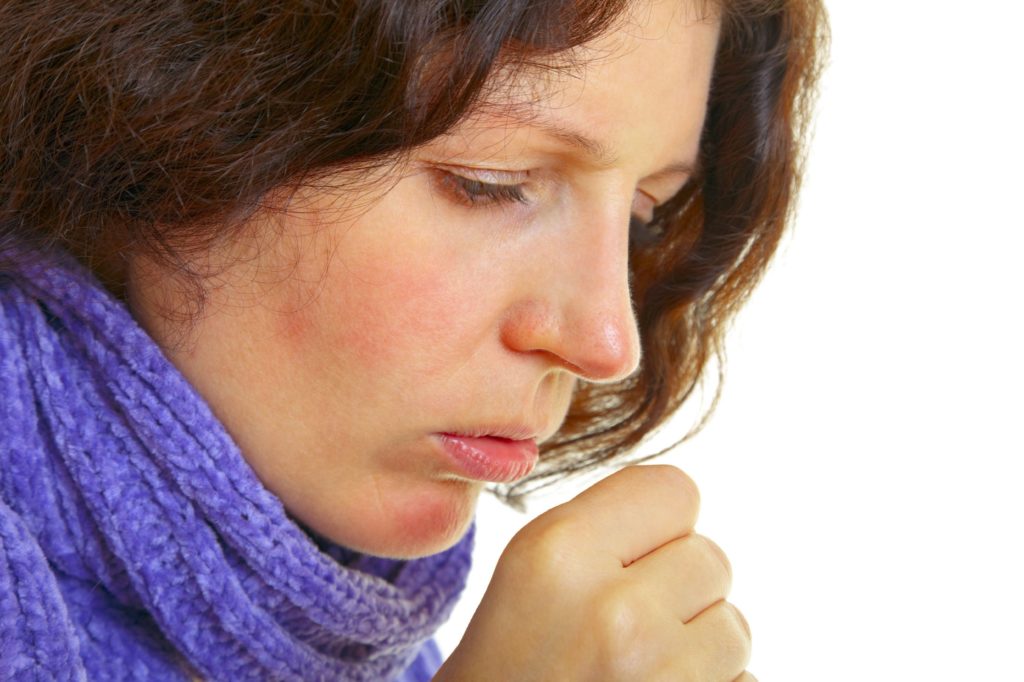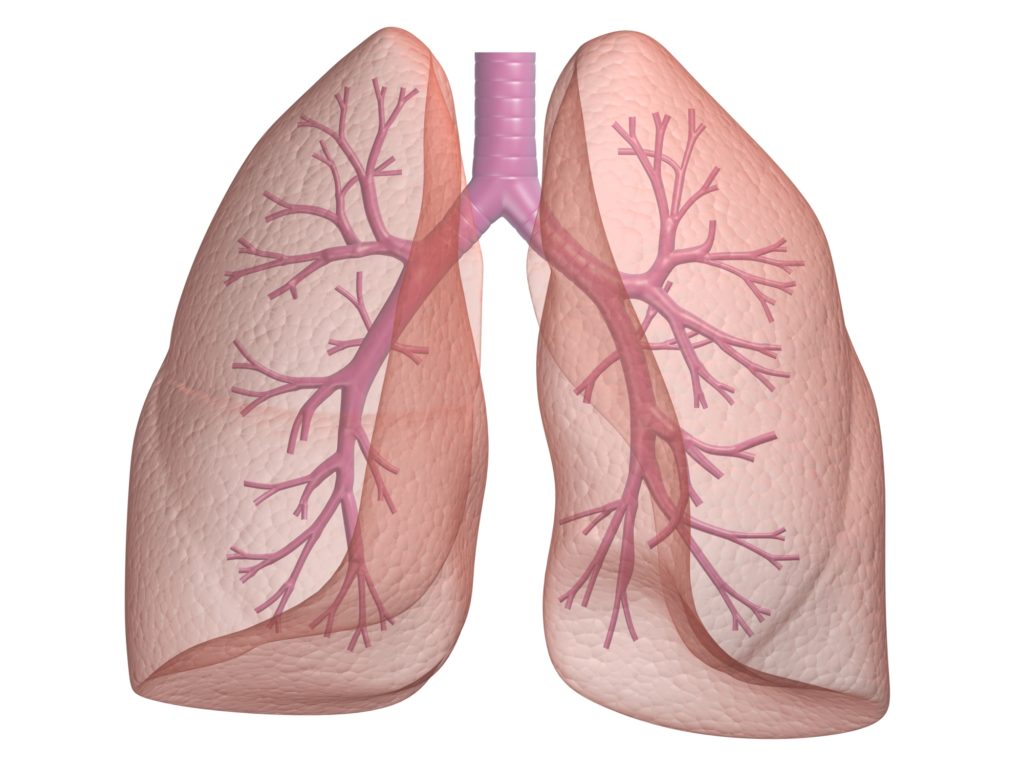Tuberculosis is a contagious disease that usually attacks the lungs, but sometimes also other parts of the body, such as the kidneys, glands, and bones. In the past, tuberculosis was often fatal. Nowadays, treatment with antibiotics can cure it. For most healthy people, the risk of contracting TB is low. In Canada, approximately 1,600 new cases of tuberculosis reported annually, which is much less than at the beginning of the 20th century, when it was one of the leading causes of death in the country.
Although the disease is less frequent than it was, it remains a major public health problem in many parts of the world and killed 1.4 million people in 2010. On March 24, 1882, the German physician Robert Koch isolated the bacillus of Koch (or Mycobacterium tuberculosis), the bacterium responsible for tuberculosis, which has cohabited with humans for millions of years. This discovery earned him the Nobel Prize in medicine or physiology in 1905. The day of 24 March was declared World Tuberculosis Day by the World Health Organization (WHO).
Tuberculosis Disease Types
There are three types of tuberculosis:
- Pulmonary tuberculosis or phthisis: This is the most common form of tuberculosis (about 70% of cases). Bacteria destroy lung tissue, creating cavities. The disease remains localized in the lungs.
- Extrapulmonary tuberculosis: In this case, bacteria attack other parts of the body, such as bones, kidneys, lymph nodes, meninges, or the central nervous system. Extrapulmonary tuberculosis accompanied or not by pulmonary tuberculosis.
- Disseminated or miliary tuberculosis: (like millet seeds disseminated throughout the lung, giving it a characteristic appearance). Bacteria spread through the bloodstream and attack the entire body. It is therefore pulmonary and extrapulmonary tuberculosis.
Tuberculosis Contagion
Some facts about the transmission of tuberculosis include:
- The bacillus of Koch is transmitted by droplets of saliva which are suspended in the air when a person coughs, sneezes, sings, or plays a wind instrument, and not by touching a contagious person.
- It usually takes repeated or prolonged contact with a contagious person to get the infection.
- Only people with symptoms are contagious.
- A contagious person who is on medication is no longer contagious after two or three weeks of treatment.
Tuberculosis in the world
Tuberculosis is part of the so-called “poverty diseases” because they spread mainly in environments where the following conditions exist:
- malnutrition
- Poor sanitary conditions
- Overcrowding; lack of medical follow-up
It, therefore, persists in economically disadvantaged countries. According to the WHO, one-third of cases of tuberculosis are concentrated in the South-East Asia region (including Indonesia, Cambodia, Thailand, and Vietnam). Africa (especially in the sub-Saharan region) and the Middle East are closely following. These three regions of the globe account for 85% of all TB cases. In these countries, the incidence of tuberculosis in prisons is often 100 times higher than in the general population. Refugee camps are also a major problem. There are also endemic areas of tuberculosis in India, China, and Mexico.
In the West, the disease is more prevalent in disadvantaged areas, among Aboriginal people, homeless people, intravenous drug users, people with AIDS, and those born in a country where TB is common. In Canada, the emergence of strains of antibiotic-resistant bacteria and the increase in international travel have led to a resurgence of the disease in the 1990s. However, the number of cases has stabilized since the following decade.

Tuberculosis Symptoms
- Fever
- A persistent cough
- Expectorations (sputum) of unusual color or bloody
- Loss of appetite and weight
- Night sweats
- Pain in the chest when breathing or coughing
- Pain in the spine or joints

People at Risk
Even if the disease does not manifest itself, its occurrence or activation of a “dormant” infection is more likely to occur in people whose immune systems are weakened for one of the following reasons:
- The disease of the immune system, such as HIV infection (in addition, this infection greatly increases the risk of developing the active stage of tuberculosis)
- Childhood (less than five years) or old age
- Chronic illness (diabetes, cancer, kidney disease, etc.)
- Heavy medical treatments such as chemotherapy, oral corticosteroids, potent anti-inflammatory drugs sometimes used to fight rheumatoid arthritis (“biological response modifiers,” such as infliximab and etanercept) and medications Anti-rejection (in case of organ transplant);
- Malnutrition
- Heavy use of alcohol or drugs
Note: According to a study conducted in a Montreal hospital, about 8% of children admitted through international adoption are infected with the tuberculosis bacterium. Depending on the country of origin, a bacillus test may be recommended.
Risk factors
- Working or residing in an environment where active tuberculosis patients (hospitals, prisons, reception centers) live or circulate, or manipulate bacteria in the laboratory. In this case, it is recommended to regularly undergo a skin test in order to check whether or not you are infected with the infection
- Staying in a country where tuberculosis is prevalent
- Smoking
- Have an insufficient body weight (usually below normal by body mass index or BMI)
Prevention of tuberculosis
Basic Preventive Measures:
- Observe hygiene measures: For people who are often in contact with tuberculosis patients: frequent hand washing, wearing a mask if necessary.
- Take care of your health
- Have a healthy and balanced diet, get enough sleep, exercise regularly, avoid chronic stress, etc. This offers the best chance of having a vigorous immune system. For more information, see our Strengthening our Immune System.
- Detect and treat latent infection. People who work in high-risk environments or who have been in prolonged contact with an active-phase patient may undergo a skin test to detect the presence of the bacteria in the body.
- If the result is positive, preventive antibiotic treatment usually prevents the disease from starting. This preventive treatment is simpler and requires the use of fewer drugs than to treat active tuberculosis. Check with your doctor or the competent authorities in your place of work.

Advice to infected people to prevent contagion
To be observed during the 2 or 3 weeks of treatment:
- Staying at home as much as possible
- Ensure adequate ventilation
- Wear a mask in public




